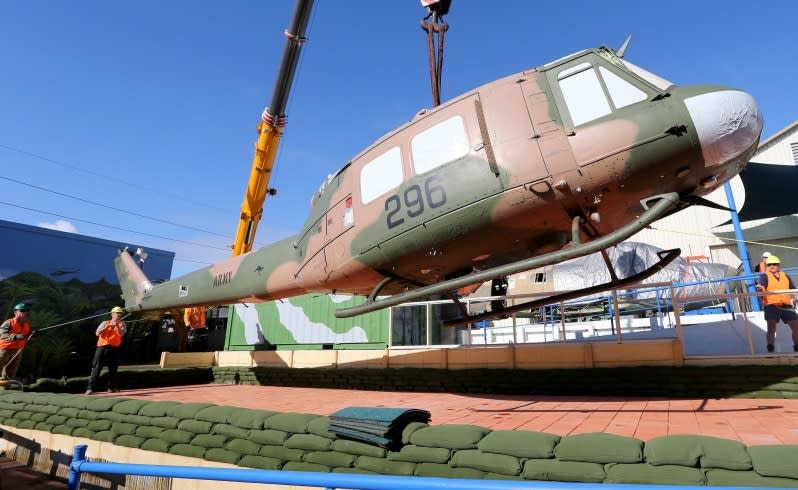'Huey' latest addition to museum
The sounds, sights and smells of combat were fresh in the minds of Peter Robinson and his air force comrades as the Iroquois helicopter lowered into WA’s Aviation Heritage Museum this week.
“It is not only seeing the helicopter, it is the noise they make – the distinct ‘whock, whock, whock’,” Mr Robinson – a former Vietnam ninth squadron crewman – said.
“For most of us now, who came back with Post Traumatic Stress Disorder – hearing that noise makes you want to duck, to run for cover, to vamoose.
“But there are also good memories – it’s a mixed feeling and each of us sees it differently.”
Iroquois helicopters, dubbed "Hueys", played a crucial role in the Vietnam War. The latest addition to the Royal Australian Air Force’s Aviation Heritage Museum, the helicopter was trucked from Queensland across the Nullarbor.
The particular model, due for public display later this year, is one of the last of its kind in Australia and was used for Australian Defence Force training in the 1970s.
Mr Robinson joined the air force in 1960 aged 15 and spent 20 years in the armed forces, including a year in Vietnam from 1969.
“I did 2500 hours as a crewman. I sat at the back of the aircraft on the starboard side and was in charge of external loading, launching, and unloading the aircraft,” he said.
“You were in the theatre of war the moment you arrived.
“On the eleventh day I was there our aircraft got shot up. We were flying up a valley near Ba Ria and I could hear the whack of an AK47.
“A bullet came through and landed at my feet and ricocheted around the aircraft. We delivered the ammunition to the guys because they needed it, and flew back slowly as there was a hole in one of the blades.”
Mr Robinson’s companion in the ninth squadron engine fitter Col Hendy remarked on the mechanical prowess of the Iroquois.
“It’s sad they are not flying anymore because they are fantastic machines. They are so versatile, reliable and you could do anything with them,” he said.
The helicopter was lifted from a crane to RAAFA’s Bull Creek base, after RAAFA’s WA Division purchased it from the Damascus Barracks in Queensland.



